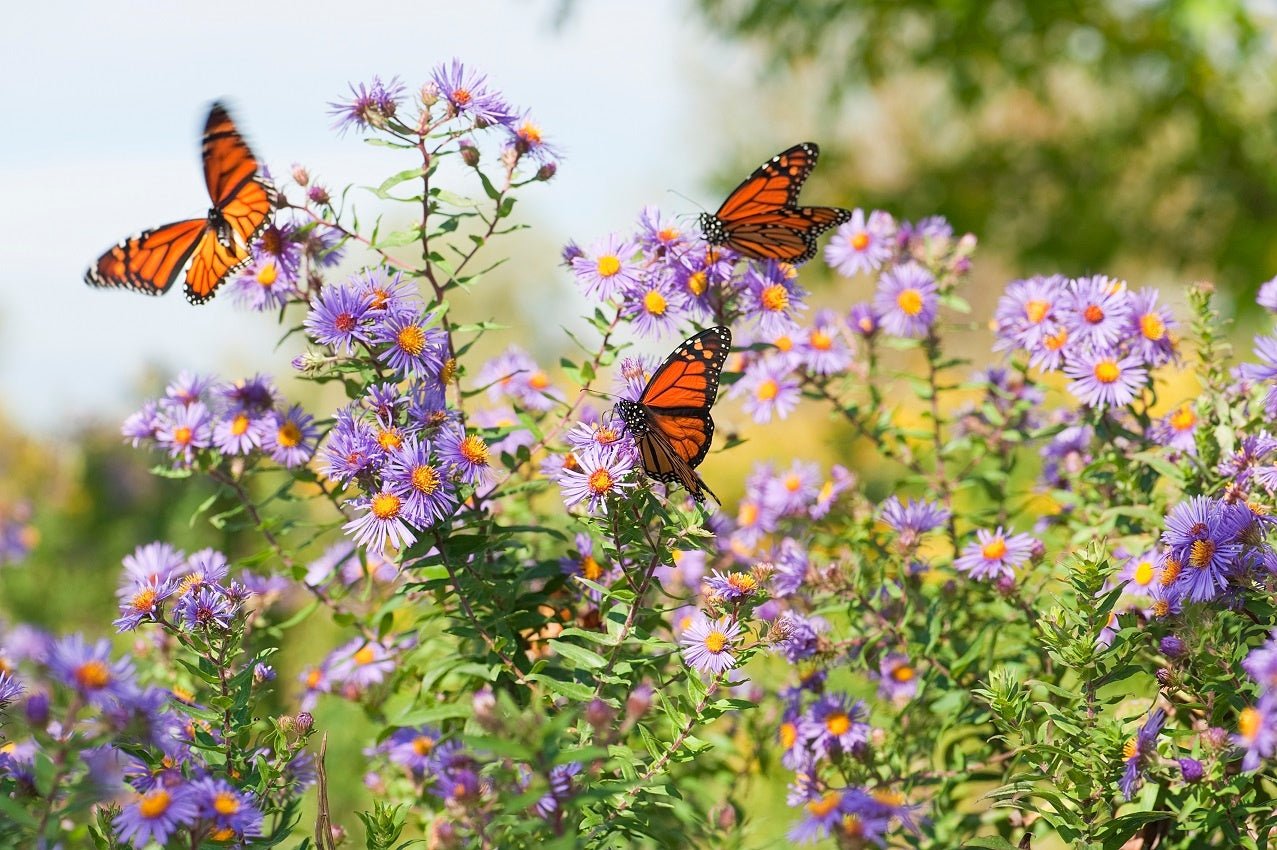
Help Save Pollinators: Plant an Organic Butterfly Garden
Plants provide food, medicine, and fiber for humans and wildlife. About 85% of plants need to be pollinated in order to make seed to reproduce. Pollinators, which include native bees, honey bees, moths, wasps, bats, ants, and butterflies, are directly responsible for about 40% of the world’s food crops.
n
Tags:
Plants provide food, medicine, and fiber for humans and wildlife. About 85 per cent of plants need to be pollinated in order to make seed to reproduce. Pollinators, which include native bees, honey bees, moths, wasps, bats, ants, and butterflies, are directly responsible for about 40% of the world’s food crops.
Butterflies are important pollinators. Their numbers are decreasing due to climate change, habitat loss, and widespread pesticide use. By creating a butterfly habitat in your yard, you can help combat pollinator decline. Here’s how you begin.
Reaserch Native Species
First you need to find out what butterflies are native to your area. Check this map from The Butterfly Site. Then click through to the other pages to find out which plants you will need to grow for them. Butterflies need plants for nectar and separate host plants to lay their eggs on. The host plant will also provide food for the newly hatched caterpillars. These plants are usually different species, and you will need both! Some are native plants, and some are cultivated annuals and perennials. Where I live, the Western Tiger Swallowtail is a native butterfly. Zinnias and Thistle will provide nectar, and Aspen and Cottonwood trees are host plants.Design Your Garden
A butterfly garden can be a series of containers on your patio, a formal bed, or a wildflower meadow. Design it with the same principles as you would use for any flower garden. Know the growth habit, shape, size, texture, foliage color, and bloom time of the plants you choose. Be sure to plants annuals that will bloom all summer, providing food when there might be a lull in perennial flowers. Place the taller flowers in the back of the bed, and the shortest in the border. Stagger the varieties so not everything is blooming in one place at the same time. Vary the textures and shapes of the plants. Use different color foliage for visual interest. Butterflies are near-sighted. Plant a large grouping of bright color, instead of just a few plants together so the butterflies can find them easily. They are cold-blooded, so provide open areas where they can bask in the sun. Make some shaded protection for resting in the heat of the day or staying out of the wind. Butterflies love water, too! They drink from and bathe in puddles. Be sure to provide a shallow water source. Milkweed is the only source of food for Monarch butterflies. As with all other pollinator plants, it is being lost to pesticide use, construction, and climate change. As milkweed is lost, Monarchs die out. Add native milkweed to your gardens to feed the Monarchs. The Xerces Society has a Milkweed Seed Finder on their website. Also check with your local Native Plant Society and your County Extension office. Always grow organically. Pesticides are a large part of pollinator die-off. To help the butterflies thrive, do not use chemicals. Treat yourself to a butterfly identification book or app and a pair of binoculars. Learn about and enjoy the eating, mating, and cleaning rituals of these important and beautiful creatures that help put food on your table.Would you like to be the first to hear about our new products and more? Sign up for our Nature’s Path Newsletter.







